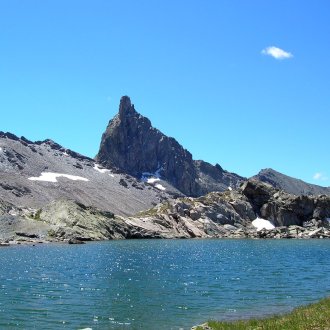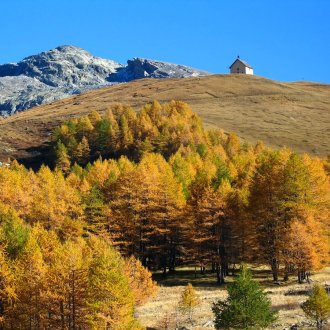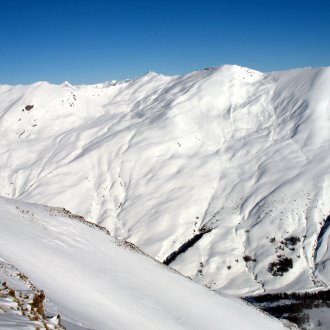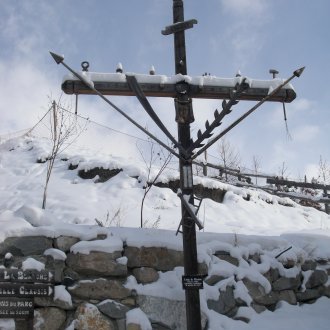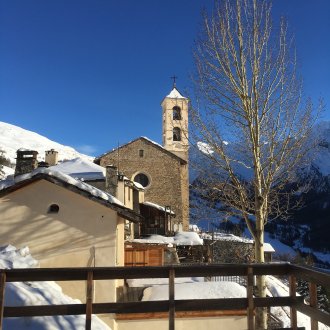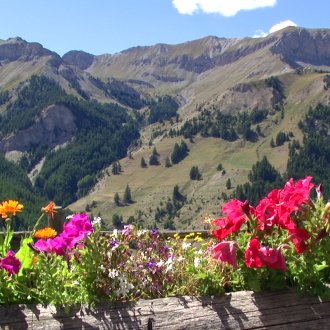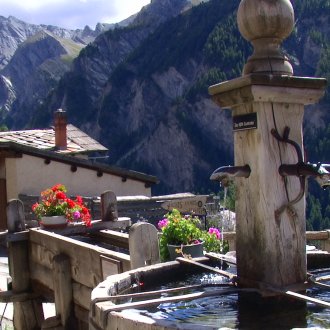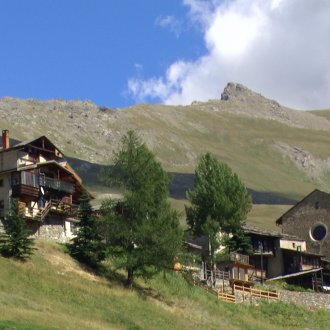
Saint-Véran
Your vacation in the Queyras Regional Nature Park
Saint-Véran, the village where roosters peck at the stars
Book your rental in Saint Véran
Saint Véran and the dragon
Legend has it that around the 6th century, Véran, the future saint and bishop of Cavaillon, had to deal with a nasty dragon that was wreaking havoc in Cavaillon and the surrounding area. He seriously wounded it and ordered it to go far, far away, to the sparsely populated Alps. The unfortunate dragon, dragging himself along with difficulty, let drops of his blood fall from place to place.
That's why there are other villages, named Saint-Vérand or Saint-Véran, in the departments of Vaucluse, Isère and Rhône.
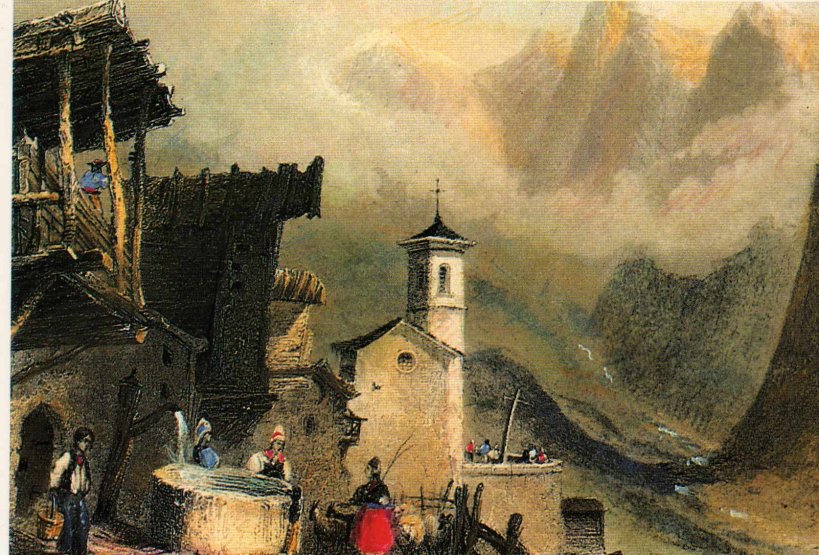
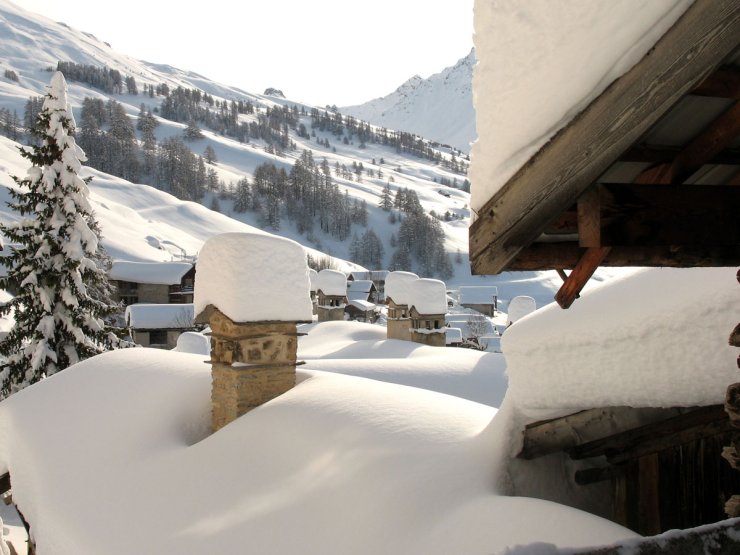
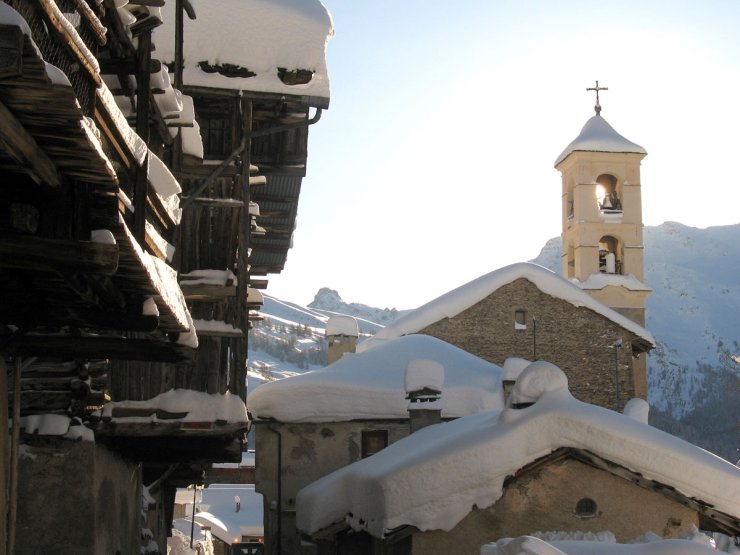
Europe's highest village
The highest of France's most beautiful villages welcomes holidaymakers to its chalets and apartments for seasonal rental, in the heart of the Queyras Regional Nature Park (see Queyras relief map). At an altitude of 2040 m, mountain walks, hiking, relaxation and contemplation, downhill skiing, cross-country skiing, ski touring, snowshoeing (see map of Vallée des Aigues ski area): everything is possible here for a dream vacation in this village where roosters peck at the stars and the sky is magnificent from dusk onwards.
The Clausis copper mine
One of the most important copper mines in the Hautes Alpes, the Clausis mine has been exploited in the Queyras mountains since the Bronze Age (2nd millennium BC), in the Saint-Véran area. Mining stopped in 1960. Remains of the mine can still be seen on the road to the Clausis chapel.
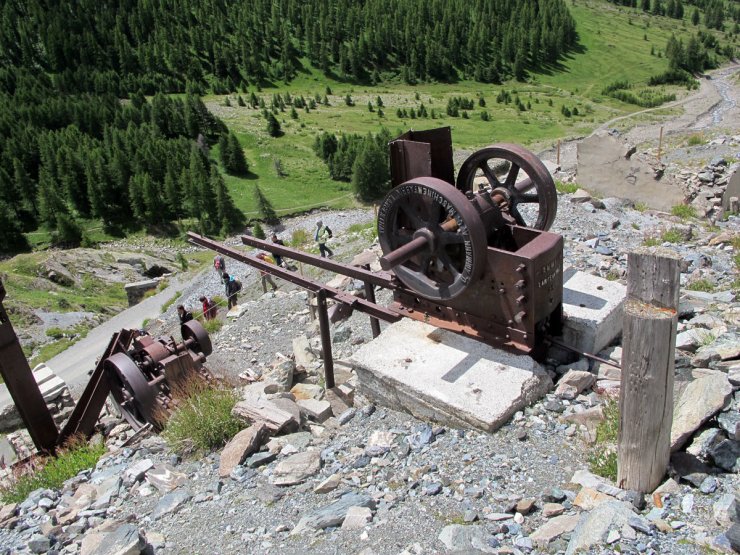
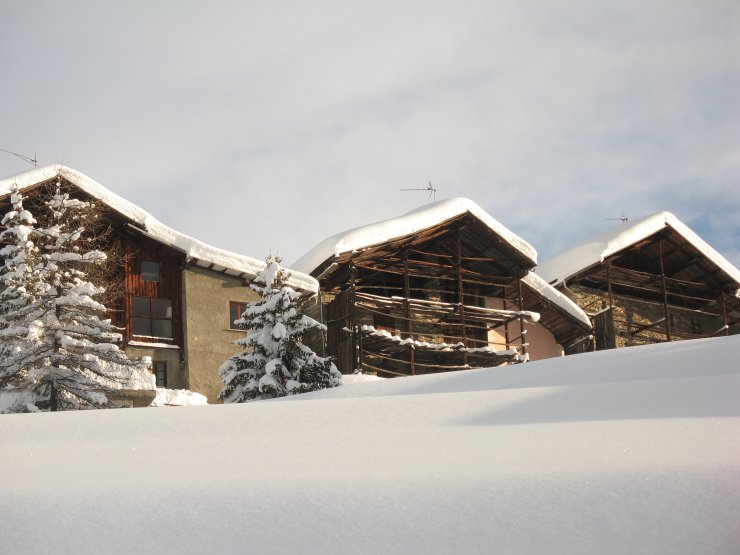
Traditional houses
The first floor of Saint-Véran's traditional houses is built of very thick stone walls (50 to 70 cm). Rye and barley sheaves were stored on the "lobios" (roof overhangs that protect against snowfall and promote ventilation) to allow them to finish ripening, and hay was stored in the fustes (upper part). The other part, intended for men (the caset) and facing north-west, is adjoined perpendicularly to the building reserved for the animals.
Town planning and activities
In Saint-Véran, each village neighborhood had its own fountain and bread oven, separated from each other to prevent the spread of fires.
The village was also very active in handicrafts: basket-making, tools, cabinet-making, carpentry, etc., as well as in farming and animal husbandry (goats, sheep, cows).
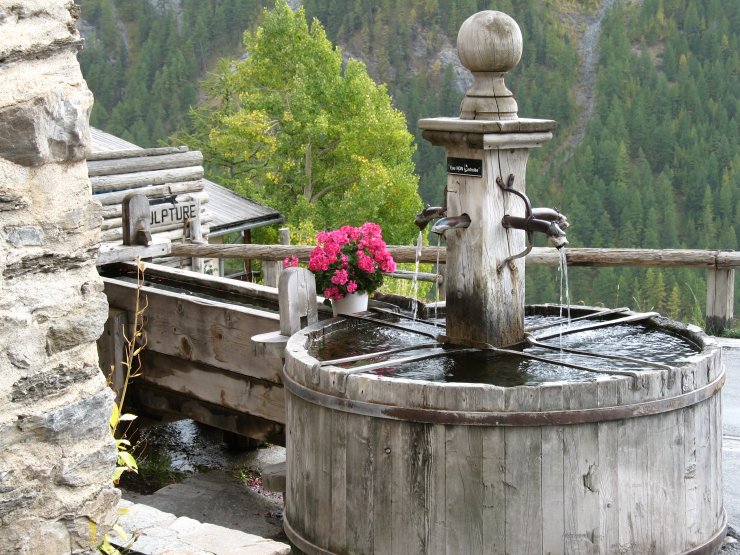
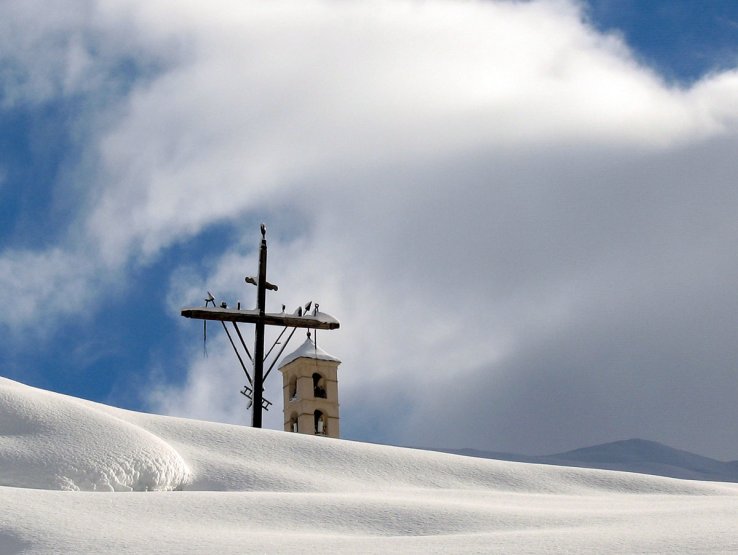
Mission crosses
Mission crosses bear witness to the religious fervor of the ancients, reproducing all the instruments of Christ's Passion...
Sundials
Let's not forget the sundials.
The most famous sundials were made by a Piedmontese artist, Giovanni Francesco Zarbula, between 1840 and 1845.
More recently, a contemporary artist, Rémi Potey, has also painted sundials of great beauty.
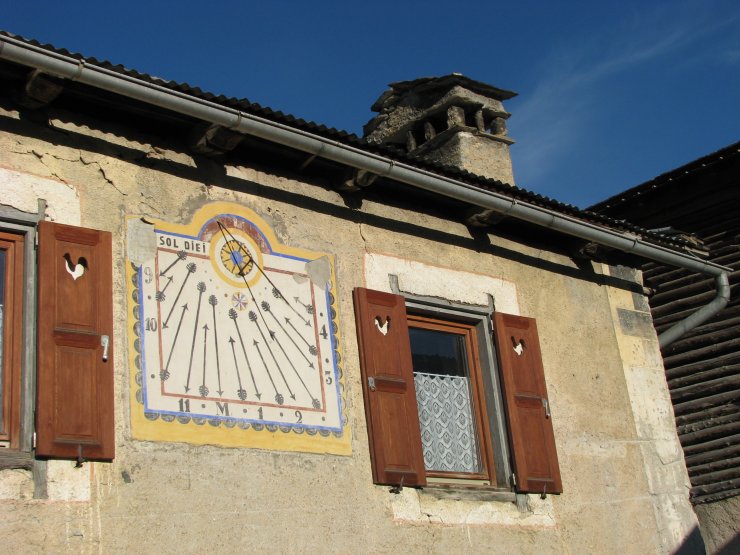
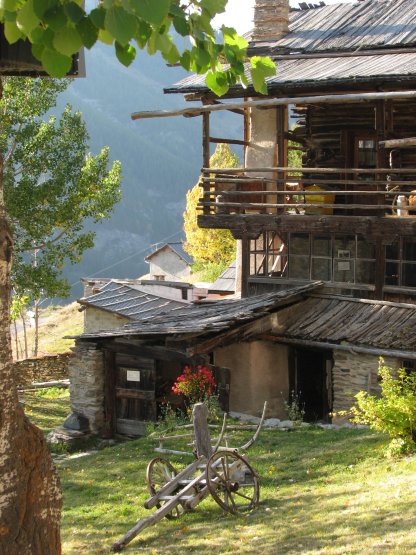
The Soum Museum
The Soum Museum tells the story of the people of Saint-Verann, their homes, their work and their crafts. You'll see some magnificent furniture, still made today.
Saint-Véran Observatory - Paul Felenbok
At the peak of Châteaurenard, at an altitude of almost 3000 m, the Observatory welcomes young and old, enthusiasts and the curious in search of the marvellous, for a cosmic night with your head in the stars.
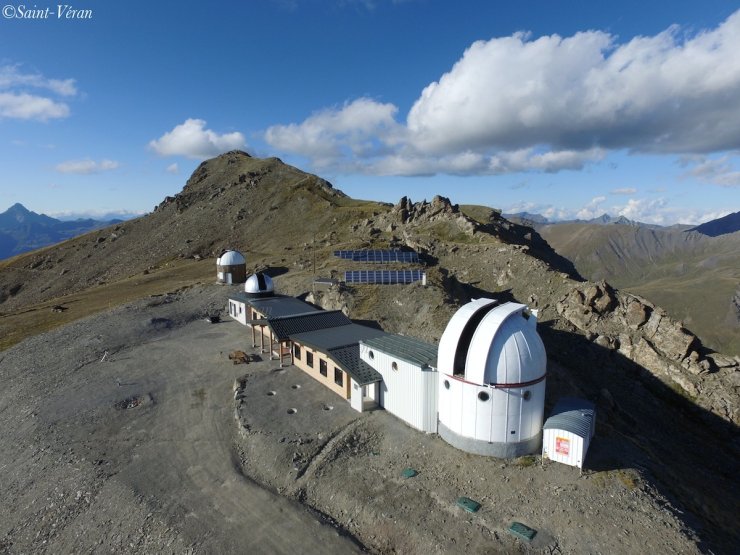
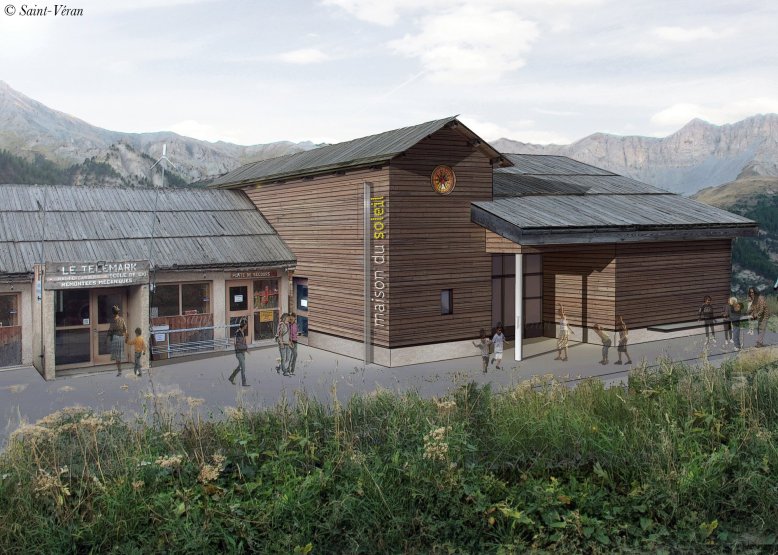
The House of the Sun
For those who want to learn more about Sun/Earth interactions, the Maison du Soleil is the place to find out all about solar energy, how it is captured and stored, and its effects on our environment and our daily lives. The Sun and health, the Sun and chemistry - these are just some of the topics covered.
And for the young (and not-so-young) there are a number of workshops on making sundials from plaster or cardboard, making solar oils and much more besides. To find out more, visit the Maison du Soleil website
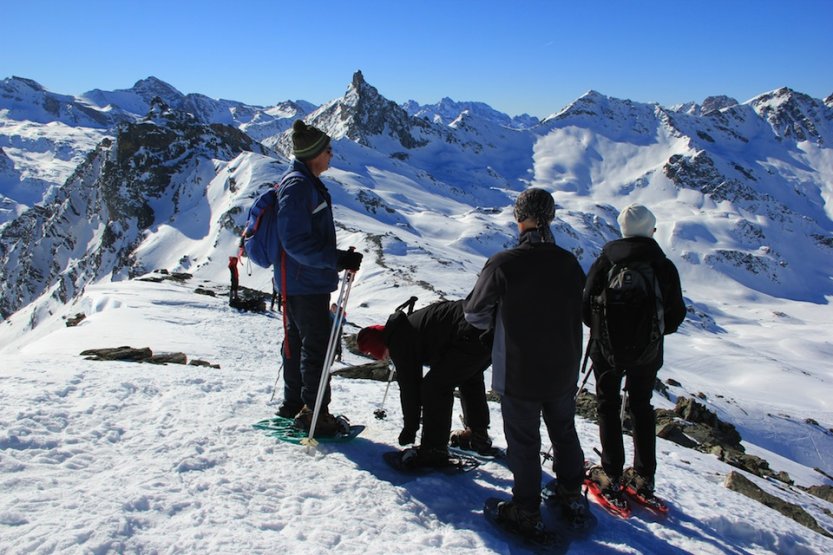
Hiking around Saint-Véran
From Saint-Véran, there are countless hikes. You can choose to go to a pass, such as the Col de Longet (2,650m), which offers a magnificent view of the valley. You can choose to go to a pass, like the Lac Blanchet supérieur (2810 m), which offers a magnificent view of the Tête des Toillies (3175 m), or why not tackle a mountain of 3000 m or more, like the pic de Caramantran (3025 m), which is undoubtedly the easiest.
A shuttle bus shortens the approach walk to the Clausis chapel. There, a visit to the old copper mine will interest young and old alike.
The Refuge de la Blanche is a high-altitude refuge.
It overlooks a wild valley that offers hikers a playground free of all traces of man.
